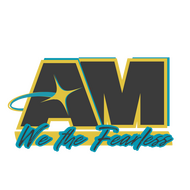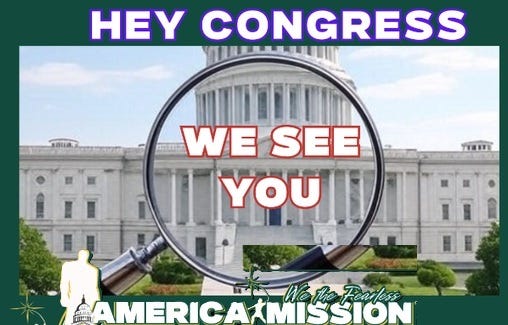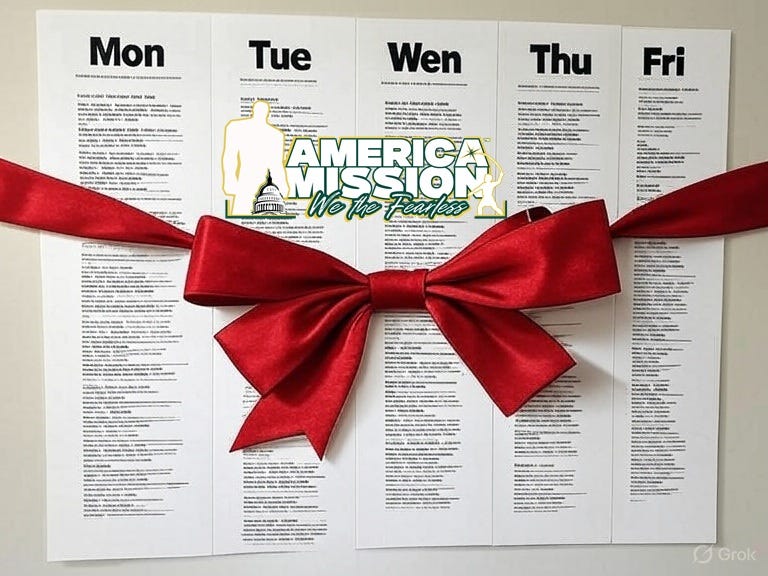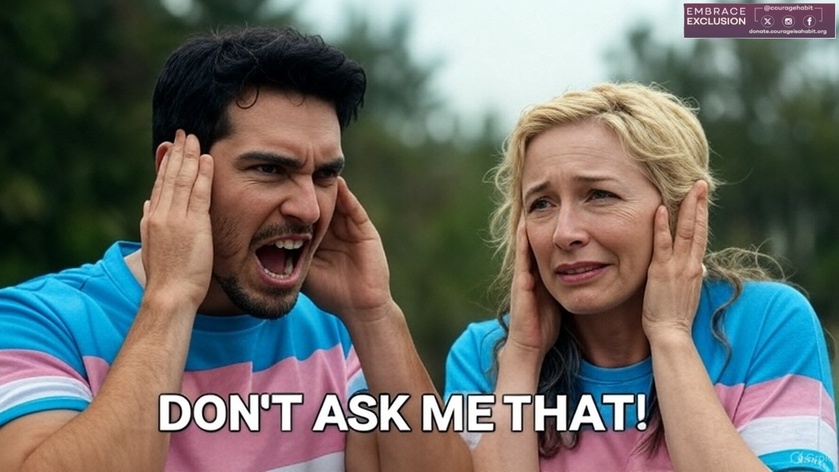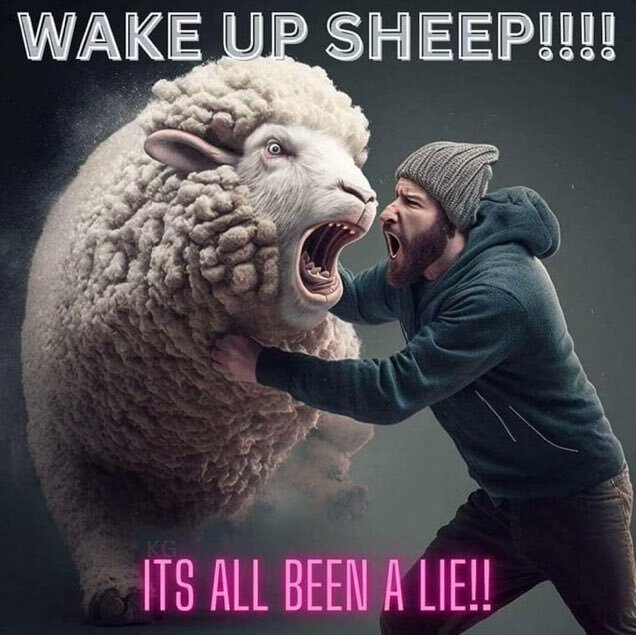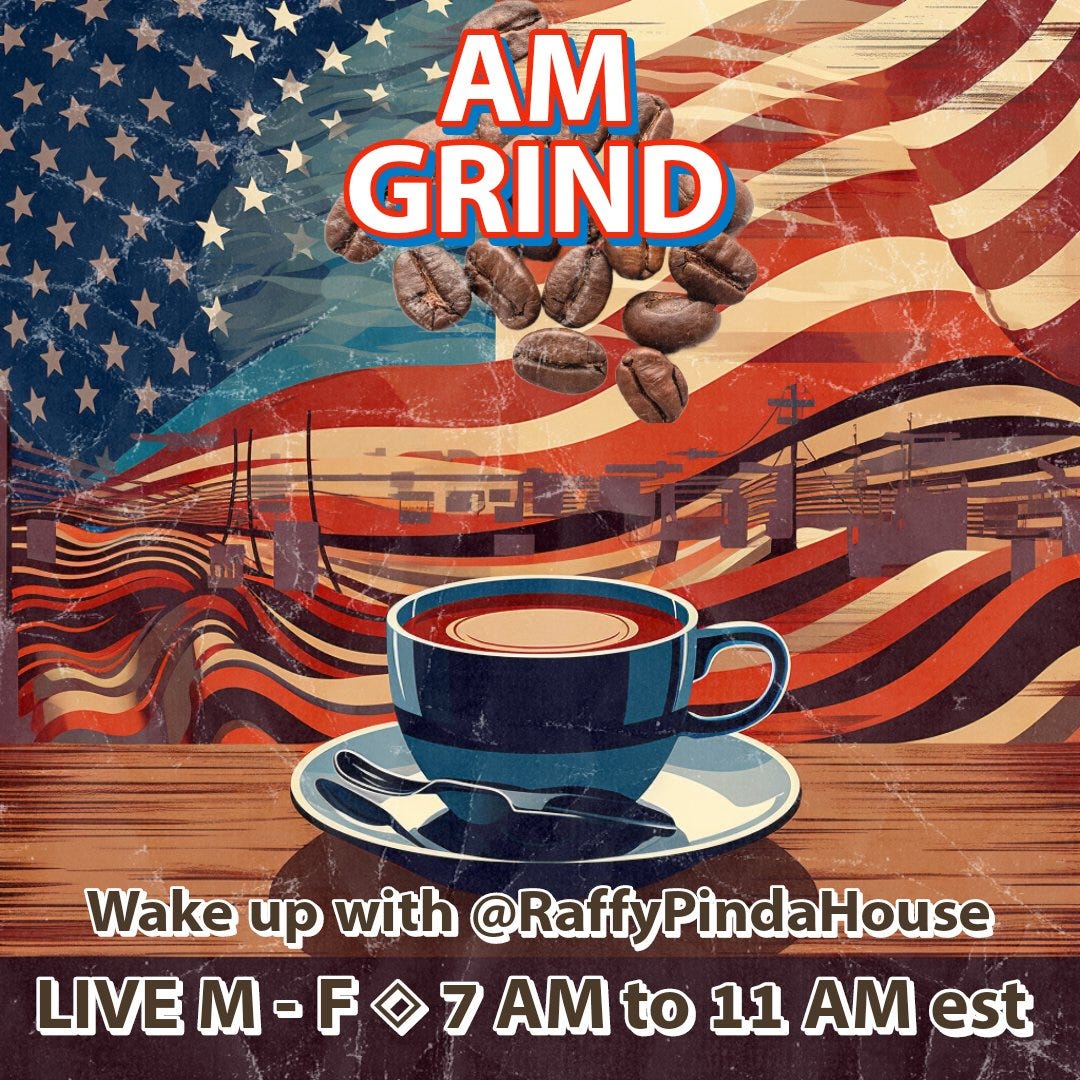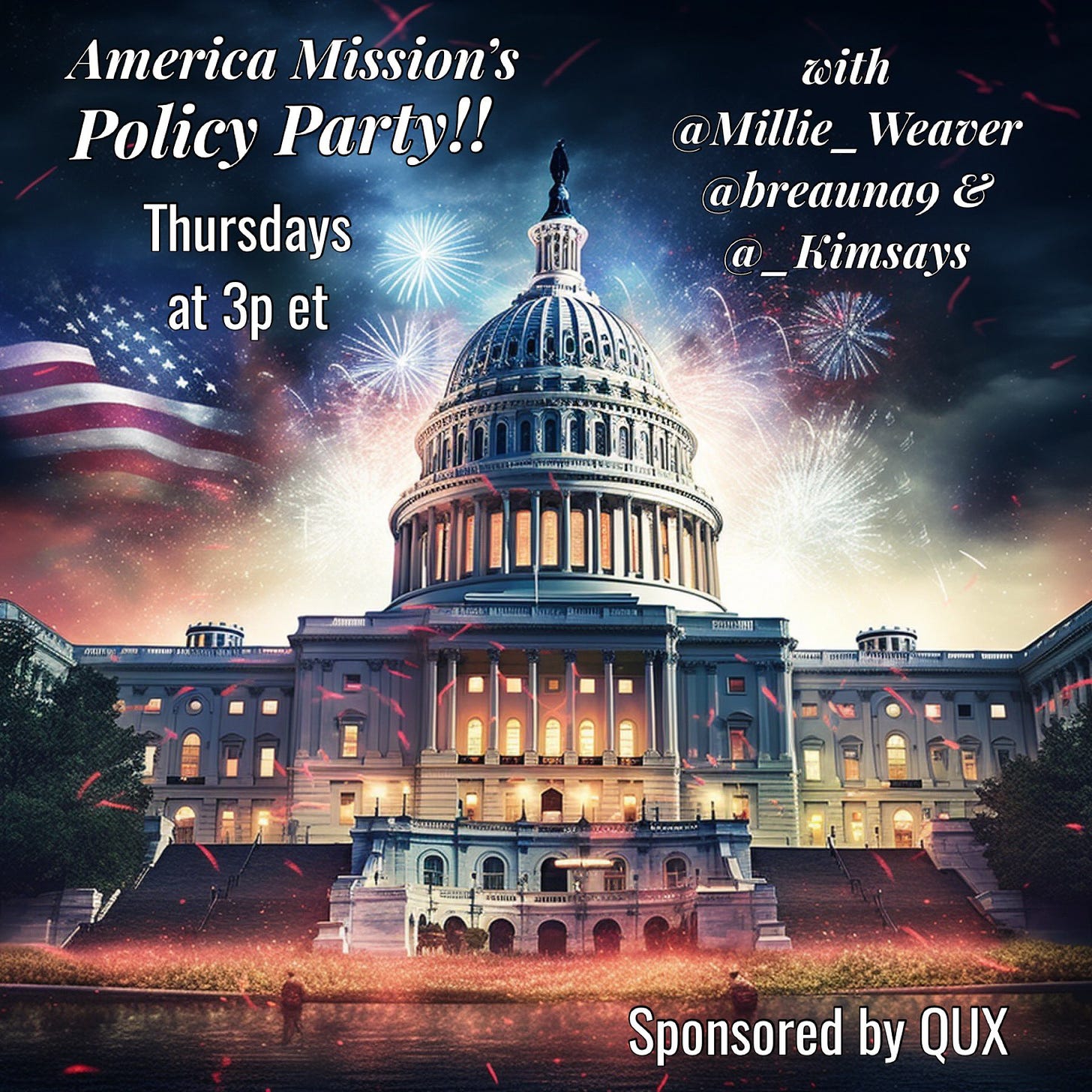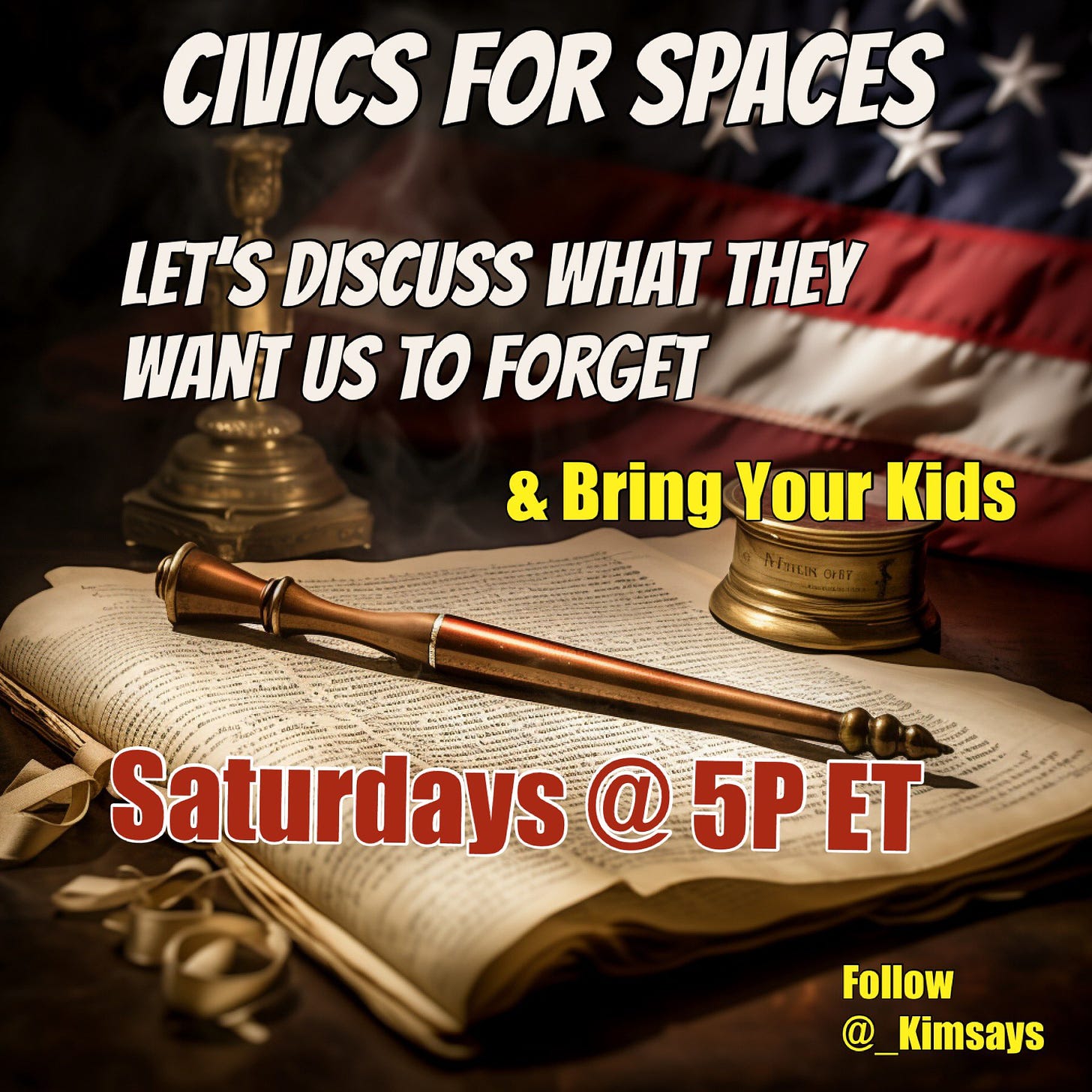Senate Health Cmte Hearing: 340B Drug Pricing Prgm - The Good, Bad & The Ugly
Hearings to examine the 340B program, focusing on examining its growth and impact on patients.
https://www.help.senate.gov/hearings/the-340b-program-examining-its-growth-and-impact-on-patients
Committee: Senate Health, Education, Labor, and Pensions
WITNESSES
Michelle Rosenberg
Director Health Care
U.S. Government Accountability Office
https://www.help.senate.gov/download/rosenberg-testimonypdf
Aditi Sen, Ph.D.
Chief, Health Policy Studies Unit
Congressional Budget Office
https://www.help.senate.gov/download/sen-testimonypdf
William B. Feldman, MD, DPhil, MPH
Physician and Health Policy Researcher
University of California
https://www.help.senate.gov/download/feldman-testimonypdf
WHAT IS THE 340B PROGRAM
The 340B Drug Pricing Program is a U.S. federal initiative established in 1992 under Section 340B of the Public Health Service Act. It requires pharmaceutical manufacturers participating in Medicaid to sell outpatient drugs to eligible health care providers—known as "covered entities"—at significant discounts, typically 20-50% below wholesale prices. The program's primary goal is to help safety-net providers stretch limited federal resources to expand services for vulnerable populations, such as low-income, uninsured, or underinsured patients.
How It Works
--Discount Mechanism: Covered entities register with the Health Resources and Services Administration (HRSA), the federal agency overseeing the program. They purchase drugs from manufacturers at the discounted "ceiling price" and can then dispense them to patients or use the savings for other care-related needs.
--No Direct Patient Discounts Required: Providers aren't mandated to pass savings directly to patients via lower copays, but many use the funds to offer free or reduced-cost medications, hire more staff, or improve facilities.
--Oversight and Compliance: HRSA audits entities to prevent duplicate discounts (e.g., no double-dipping with Medicaid rebates) and diversion of drugs to ineligible patients.
Eligible Covered Entities
Participation is limited to specific types of safety-net organizations that receive federal funding to serve underserved communities. Examples include:
--Disproportionate share hospitals (DSH) serving a high volume of low-income patients.
--Federally qualified health centers (FQHCs) and Ryan White HIV/AIDS clinics.
--Children's hospitals, critical access hospitals, and certain cancer centers.
Over 50,000 sites across the U.S. participate, with hospitals and clinics accounting for the majority.
Impact and Controversies
The program saves covered entities billions annually—estimated at $46 billion in 2022—enabling expanded access to care for millions. However, it's faced criticism for potential overuse, such as contract pharmacy arrangements that allow off-site dispensing, leading to accusations of profit-driven practices by some providers. Pharmaceutical companies argue it erodes their revenue without clear patient benefits, sparking legal battles and proposed reforms. Despite this, supporters emphasize its role in supporting the safety net amid rising drug costs.
Streamed by America Mission
== https://x.com/AmericaMission_
Vote for AM's
Fight Against Federal Overreach Act (FAFO Act)
https://forum.policiesforpeople.com/t/fight-against-federal-overreach-act-fafo-act/26118
Make America Your Mission
🛍️ Shop, Donate, Amplify Your Voice
https://www.americamission.com/make-america-your-mission
Find out where to #ShowUpAndShare
https://linktr.ee/americamission

